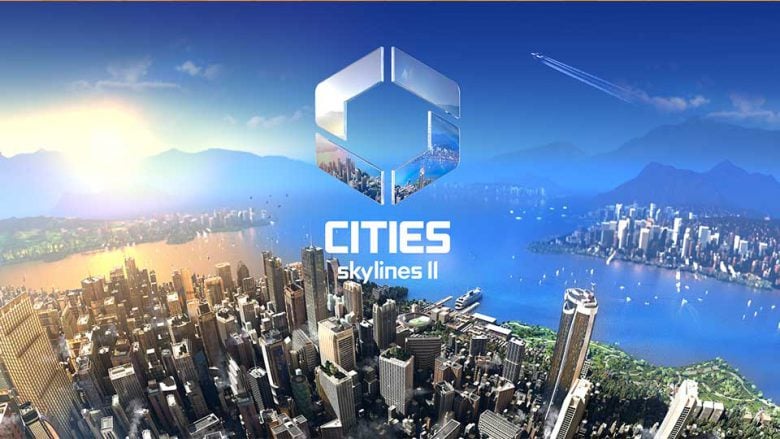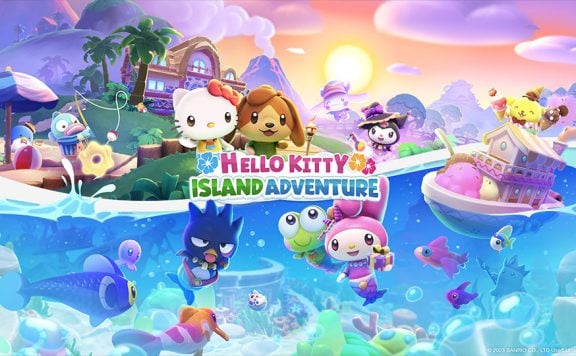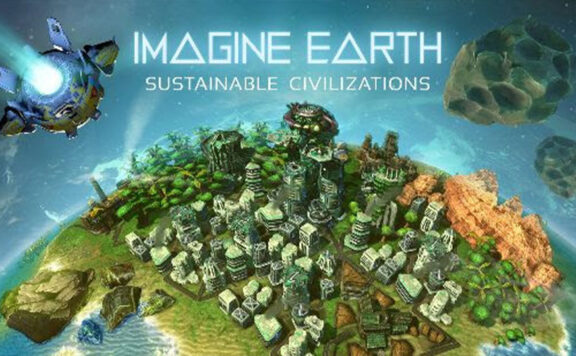Cities: Skylines II, the highly anticipated sequel to the popular city-building game, introduces an extensive range of public and cargo transportation options for players to create efficient and thriving cities. With a focus on realism and detail, the game offers a variety of transportation methods, including buses, taxis, trains, trams, subways, ships, and airplanes. Each option serves a unique purpose and comes with its own set of advantages and considerations.
Public Transport Types
- Buses: Buses play a crucial role in the early stages of a city’s development. They are cost-effective and flexible, allowing citizens to commute within the city. Players can choose between traditional fuel-operated buses or environmentally friendly electric buses, which require an upgraded bus depot for maintenance.
- Taxis: Taxis provide a convenient mode of transportation for both citizens and tourists. They operate similarly to personal vehicles and are not bound by fixed lines. Upgrading the Taxi Depot expands the service, allowing for unlimited pickups throughout the city. Electric taxis can also be introduced to reduce noise and air pollution.
- Trains: Trains are known for their high capacity and are well-suited for intercity travel. They require a rail yard for maintenance and tracks for operation. Players can construct various types of train infrastructure, such as two-way and double tracks, elevated tracks, bridges, tunnels, and cut-and-fill tracks. Stations can be upgraded and connected to other forms of public transportation.
- Trams: Trams serve as a flexible light-rail option for expanding the public transportation network. They can be integrated with existing road networks or built as separate tracks. A tram depot is required to establish a tram network. Trams operate quietly and do not contribute to air pollution.
- Subways: Subways offer fast and high-capacity transportation within the city. While they can be built above ground or on elevated tracks, their greatest advantage is their ability to be constructed underground, minimizing the use of valuable space. Subway yards supply trains for the lines, and stations can be built with double tracks, one-way tracks, and various elevated or underground configurations.
- Ships: Ships are valuable for transporting both passengers and cargo, especially in cities with large bodies of water connected to the map’s edge. Passenger harbors facilitate waterfront transportation and can be connected to seaways for intercity travel.
- Airplanes: Airplanes provide fast intercity transportation for passengers and cargo. Airports, which require significant space, serve as hubs for air travel. They limit building heights in their landing and take-off zones to prevent collisions. Air transport lines can be created directly from airports to outside connections.
Cargo Types
- Cargo Trains: Cargo trains form the backbone of land-based resource transportation. A Cargo Train Terminal acts as a storage point for incoming and outgoing cargo. Companies can utilize the terminal’s storage facilities even without dedicated cargo lines. Trains transport resources from outside connections to the terminal, where delivery trucks distribute them within the city.
- Cargo Ships: Cargo ships offer vast cargo-carrying capacity and operate independently of road traffic. Cargo Harbors serve as storage and distribution centers for resources and goods. Enhancements, such as railway connections, allow trains to directly transport cargo to and from the harbor.
- Air Cargo: Air cargo becomes available when airports are upgraded with cargo terminals. These terminals provide additional facilities for cargo planes to load and unload goods. While cargo planes have lower capacity than trains or ships, they compensate with unmatched speed and freedom from road congestion.
New Gameplay With Transportation Lines
Cities: Skylines II introduces enhanced gameplay mechanics for managing transportation lines. Each land-based public transportation type has its own depot or yard from which vehicles are spawned and maintained. Players must construct the appropriate depot and connect stops and stations with tracks or roads to establish transportation lines.
The Line Tool in Cities: Skylines II offers more flexibility when creating lines for road-based vehicles. For example, when setting up a bus line, players can set waypoints to determine the route taken by the bus, allowing it to avoid busy roads or intersections. Stops and stations can accommodate multiple lines, but increased vehicle traffic may lead to congestion.
Harbors must be connected to seaways using the Seaway tool before ship lines can be created. Airports, on the other hand, are directly connected to outside connections through the Airplane Line tool, eliminating the need for additional infrastructure.
Transportation Overview
Cities: Skylines II provides a comprehensive Transportation Info View, offering important data on passenger and cargo traffic. Passenger transportation data includes the number of lines, tourists transported, and overall passenger numbers per transport type. The cargo section displays the number of cargo lines and the amount of cargo transported in tonnes, both per month and per transport type.
The Transportation Overview panel allows players to customize the information displayed, enabling them to easily locate specific transport options. The panel highlights all active lines and displays icons on vehicles to provide a visual representation of their current movements.
Furthermore, the Line panel offers detailed information about each line, including its length, number of stops, current passengers, and line usage percentage. Players can rename lines, adjust vehicle models, and fine-tune functionality such as ticket prices, vehicle numbers, and operating hours.
By optimizing transportation lines based on usage percentages and adjusting vehicle numbers, players can ensure efficient and reliable service while managing the demand of their growing cities.
Cities: Skylines II elevates the transportation system to a new level, offering players a diverse range of public and cargo transportation options to create thriving cities. From buses and taxis to trains, trams, subways, ships, and airplanes, each mode serves a specific purpose and comes with its own advantages and considerations.
With enhanced gameplay mechanics and the ability to create and manage transportation lines, players have greater control over their city’s transportation network. The Transportation Info View and Line panel provide valuable insights and customization options to optimize efficiency and meet the needs of citizens and industries.
In Cities: Skylines II, the integration of public and cargo transportation is essential for the success of any city. Building an effective and well-connected transportation system is not only crucial for citizens’ mobility but also for the smooth flow of goods and resources. So, get ready to embark on the journey of creating the greatest city on Earth, where transportation plays a vital role in its prosperity and growth.
Platforms: Microsoft Windows, Xbox Series X|S, PlayStation 5






